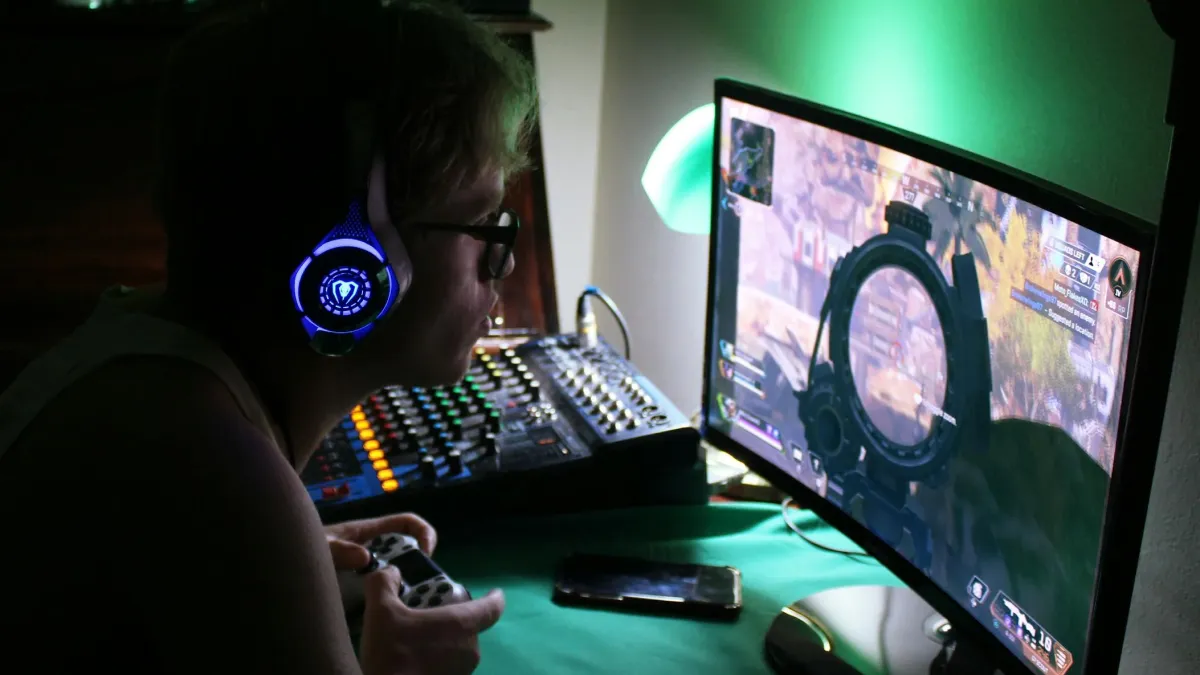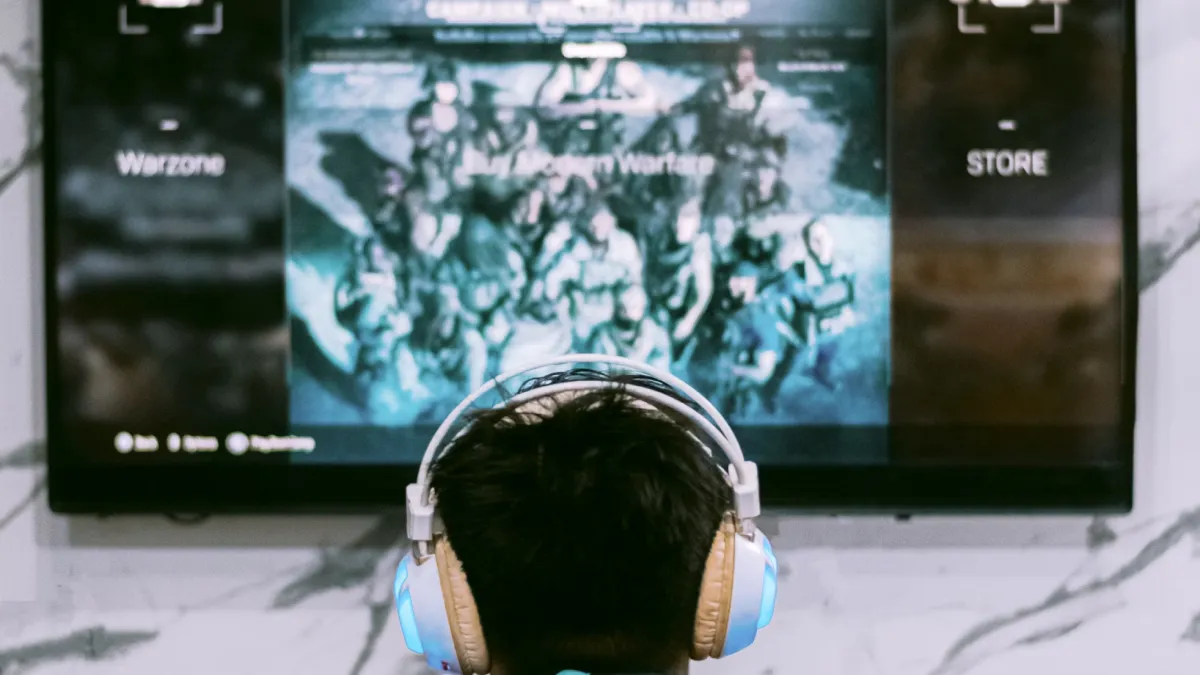Gaming Monitors: Refresh Rates and Response Times Explained

If you are a gamer, your monitor is your portal to another world. But not all of them are equal, and if you want that smooth, buttery feeling in your favorite games, you need to know about refresh rates and response times. I swear to God, they are even more important than when your mom reminds you to take out the garbage—especially when you’re smack in the middle of a boss fight. Let’s break it down!
What is the Refresh Rate?
Your refresh rate is like how many times a second your monitor refreshes the image. Hz is short for Hertz, and when someone says, for example, “My monitor’s 144Hz,” they’re essentially saying the image updates 144 times a second.
Consistent high refresh rates allow for smoother gameplay—and this is most crucial in fast-paced games. So, if you are playing on a 60Hz monitor, it is like watching a movie at 15 frames per second. That’s fine for casual games, but for competitive titles in which every millisecond counts, you need at least a 144Hz display, if not a 240Hz monitor, to keep up with your reflexes. Yes, you don’t need the reflexes of a ninja, but it’s still nice to have the smoothest picture possible!
If you also plan to get a ps5 4k 120Hz monitor, or you need a best monitor for ps5 UK then you need to be matching your blinged out ps5 with something with similar firepower to it. A 4k monitor specifically for PS5 will make your games look incredible. However, if you’re connecting to the best budget 4k TV for gaming, bear in mind that your gaming TV for Xbox may not deliver the same high refresh rate. On the other hand, assets like a higher refresh rate can make a noticeable difference, particularly when you’re using the best gaming TV for something as demanding as the PS4.
What is Response Time?

So, the response time is now, let’s discuss. Pixel response time: This is how fast your monitor’s pixels can go from one color to another — essentially, how fast it can keep up with the action. This is important for gaming, as a low response time helps minimize motion blur. If you’re playing something swift and hectic, like a racing game or a shooter and your monitor has a slow response rate, the image may lag or trail behind in ghostly fashion. Yikes!
The ideal response time you want is 1ms (milisecond). It’s the sweet spot for crisp, clear visuals, with no residue left smeared. To keep the visuals better, the best monitor for PS5 in India / ultra low response time for PS5 (4k 120Hz monitor for PS5) should be this.
How Does Refresh Rate Work With Response Time?
Here’s the thing: refresh rate — that number that tells you how many frames a display can show per second — is like peanut butter; response time is the jelly that goes along with it. One isn’t nice without the other. What good is a 144Hz monitor with a bad response time? It’s like putting a Ferrari engine in a bicycle frame. The Ferrari engine is nice and all, but it’s a boat anchor without a chassis to back it up.
When you’re looking for the best gaming TV or the best monitors for PS5, though, you want to make sure that both your refresh rate and response time work in conjunction to provide you with a smooth gaming experience. Nowadays, there’s no point in buying the best budget 4k TV for gaming that lags behind in the response department, so don’t go wasting your money.
What About G-Sync and FreeSync?
Ah, but you’ve likely heard of G-Sync (for Nvidia graphics cards) and FreeSync (for AMD graphics cards). These technologies keep your monitor in sync with your GPU. The basic idea is that if your frame rate drops beneath your refresh rate, these technologies will change the refresh rate of the monitor to eliminate tearing and stuttering.
So, if you’re shopping for the best monitor for PS5 1440p or the best monitor for PS5 in India, pick up one with G-Sync or FreeSync to ensure that your gameplay is as buttery smooth as possible. Oh, and your PS5 will thank you for it, as FreeSync can do some great stuff in PS4 and PS5 games.
Related
How to Select the Right Display for Gaming
So, what should you consider when deciding upon a gaming monitor? Here’s a quick guide:
Resolution: Focus on a 4k monitor for the PS5 (or PS4) if you’re gaming on a PS5 or Xbox. If you’re after a cheaper alternative, then your best bet is probably going to be a 1440p monitor.
Refresh Rate: If you’re into competitive gaming, minimum of 144Hz. A refresh rate of 60Hz or 75Hz is fine for casual gaming.
Response latency: As low as possible. For smooth action, target 1ms.
G-Sync or FreeSync: If you have either a Nvidia GPU or AMD GPU, choose a G-Sync or FreeSync monitor for the best experience.
Size and Curvature: Bigger is not always better. a 27-inch monitor is the sweet spot for most gamers. Try a curved monitor while we’re at it to make the experience even more immersive.
Monitors: The One We Recommend for Each Setup
For PS5 and Xbox Gaming:
Best ps5 monitor uk: The Asus TUF Gaming VG27AQ features a 165Hz refresh rate and a fast 1ms response time.
Best gaming ps5 television: The Samsung Q80T with 120Hz refresh rates and short enter lag are outstanding for next-gen gaming.
For Budget Options:
Best affordable game-ready 4k TV The TCL 6-Series delivers 4K resolution, with a decent 60Hz refresh rate, and awesome color reproduction.
For PC Gamers:
Best TV for PC gaming: The LG OLED CX lets you enjoy 4K 120Hz for game that you can likely only get your hands on if you’re a PC gamer
Final Thoughts
Refresh rates and response times are key specs to consider when buying the right monitor for gaming. They are the piece of complete heaven for your gaming, quite like the dynamic duo that will boost it up a lot. Don’t settle for a monitor that lags, in every sense of the word. So, whether you’re looking for a great TV for gaming PS5 or the best gaming TV for Xbox, keep in mind that a higher refresh rate and lower response time will make a world of difference to your gaming experience.
So get to picking your gaming monitor and may the games begin — smoothly!
FAQ
-
• The refresh rate (measured in Hertz or Hz) refers to how often a monitor updates the on-screen image per second.
• A higher refresh rate, like 120Hz or 144Hz, ensures smoother gameplay, especially for fast-paced games like shooters or racing games.



